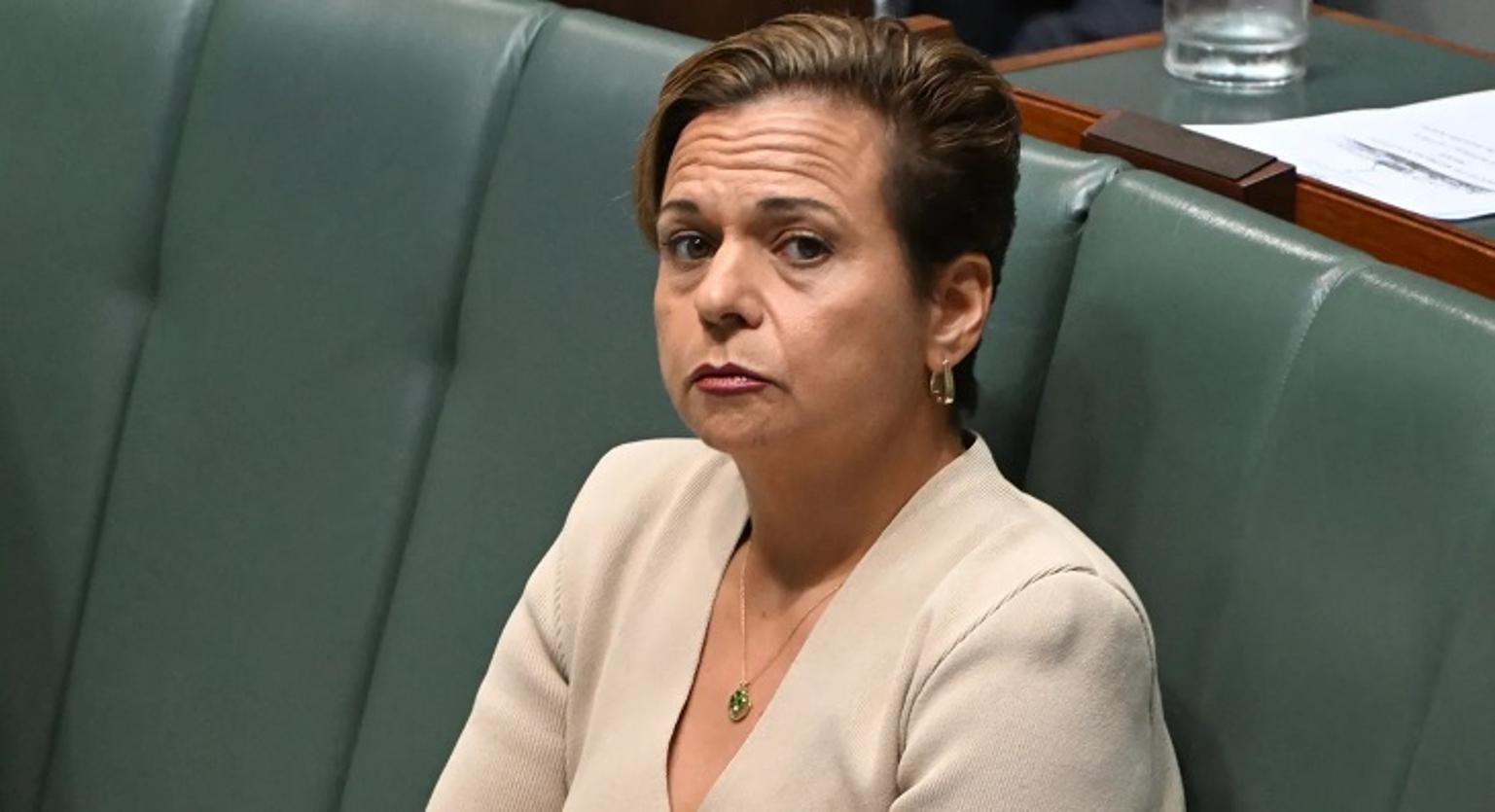In a significant decision, the Australian government has announced that it will not require adult websites to implement age verification measures. The move comes amidst growing concerns over online privacy and cybersecurity, with policymakers opting to prioritise these issues over age verification.
The eSafety commissioner will collaborate with the industry to develop a new code aimed at educating parents on accessing filtering software and restricting children’s access to such content.
Last Wednesday, the communications minister, Michelle Rowland, released the eSafety commissioner’s long-awaited roadmap for age verification for online pornographic material, which has been sitting with the government since March 2023.
Rather than compelling websites to implement age verification technology, the federal government has chosen to entrust the eSafety commissioner, Julie Inman Grant, with the responsibility of collaborating with the industry to create a new code.
The code will focus on educating parents on accessing filtering software and restricting children’s access to inappropriate material or websites.
The government’s response to the roadmap says it is clear each type of age verification or age assurance technology comes with its own privacy, security, effectiveness or implementation issues.
The technology must work effectively without circumvention, must be able to be applied to pornography hosted outside Australia, and not introduce the risk to personal information for adults who choose to access legal pornography, the government stated.
“The roadmap makes clear that a decision to mandate age assurance is not yet ready to be taken.” Rowland said.
New Industry Codes in Development Following Initial Implementation
eSafety is set to develop a new set of industry codes following the initial implementation of codes slated for December of this year.
- Statutory Review of Online Safety Act in 2024‘
The government will fast-track an independent statutory review of the Online Safety Act in 2024 to ensure its continued relevance.
The review is scheduled to conclude during the current government term. Additionally, the UK’s approach to age verification will be closely monitored, given its status as a key like-minded partner.
- eSafety Research Reveals Early Exposure to Online Pornography
According to research conducted by eSafety, 75% of 16 to 18-year-olds admitted to encountering online pornography. Of this group, nearly one-third had been exposed before the age of 13, with almost half exposed between ages 13 and 15.
- Age Assurance Technologies Pilot Not Implemented
The eSafety report recommended a trial of age assurance technologies, but this proposal was not embraced by the government. The report also acknowledged the government’s development of a digital ID in response to data breaches at Optus and Medibank, but it did not advocate for the use of this government ID for age verification on pornographic websites.
- Gap in Sex Education Highlighted
The roadmap also underscored a gap in comprehensive sex education, particularly for LGBTQ+ individuals. In many cases, online pornography has filled the educational void.
“In our research, [participants who identified as lesbian, gay or bisexual] were also significantly more likely to say there were some positive effects of online pornography on young people learning about sex and exploring sexuality than straight participants, said,” Rowland
“Some stakeholders reflected this may be due to a lack of other representations or learning sources for young LGBTIQ+ people – including a lack of inclusive sex education in schools.”
The government has allocated $83.5 million in funding over a span of six years for the development of age-appropriate, evidence-based, and respectful relationships education.
Although Pornhub continues to maintain its position as the preferred choice among Australian users of pornographic websites, the report also highlighted that within the Australian-based adult industry, there is a notable presence of female and LGBTQ+ creators who often operate as independent entrepreneurs.
“Between these two ends of the spectrum are a variety of businesses with different business models and levels of size, maturity, capacity, and capability to adopt technological measures to promote children’s safety. What constitutes appropriate steps for one provider might create an undue burden for another.”
Rowland also said the roadmap underscored the value of the industry codes and developing standards to keep children safe.
“The government supports this approach, and will work with the regulator to ensure the full and successful implementation of the Online Safety Act,” she said.
“While the government awaits the outcome of this process, the digital industry is on notice that we will not hesitate to take further action should it fail to keep children safe.”
The Open Rights Group (ORG) has consistently raised concerns regarding significant privacy risks associated with the proposals for age verification on adult websites, ever since they were introduced as part of the Digital Economy Act in 2017.
Following multiple delays, the impractical plan was ultimately abandoned in 2019, thereby averting a substantial privacy threat for countless residents in the UK.
As the debate over online safety and content regulation continues, the Australian government’s decision reflects a growing awareness of the need to strike a delicate balance between protecting minors and safeguarding individuals’ online privacy and security







